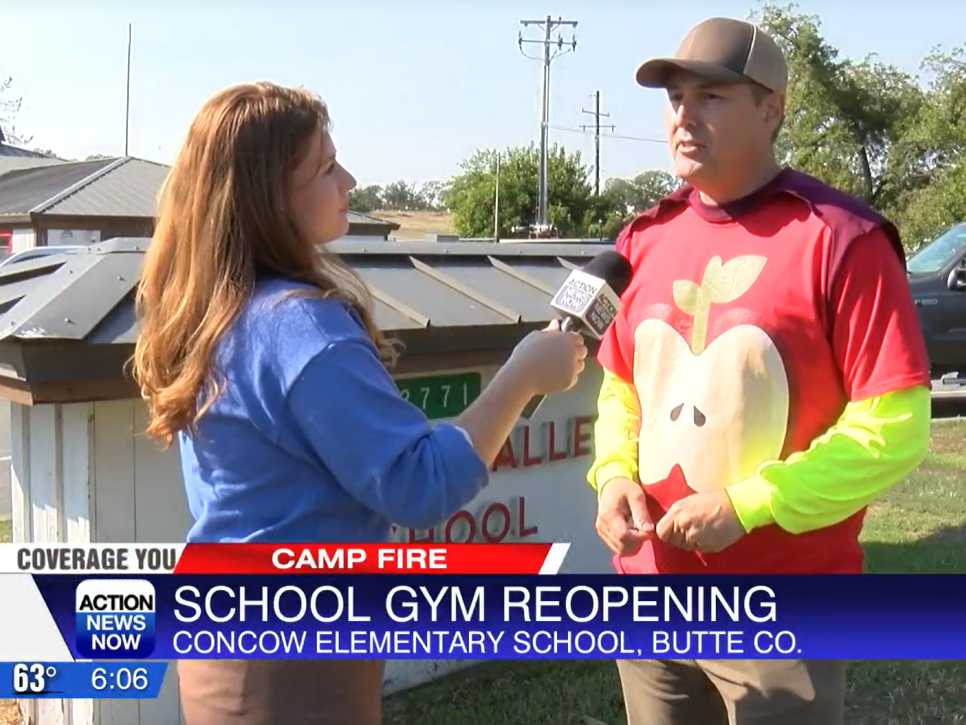
In today’s fast-paced world of education, school superintendents and principals often find themselves juggling numerous tasks, meetings, and responsibilities. With the advent of technology, the temptation to rely on smartphones and digital tools for note-taking and task management has grown exponentially. However, there’s a remarkable productivity hack that has changed the game as an educational leader, and it’s old school – analog – paper and pen. Technology tries – but for some reason pen and paper increases efficiency while also enhancing engagement with staff and students. This transformative habit involves using a small 3×5 pocket notebook (such as this one) to streamline the workday and ensure that nothing falls through the cracks.
The Power of the Pocket Notebook
Imagine a simple, unassuming 3×5 notebook that fits snugly into your shirt pocket. It’s unobtrusive and always within arm’s reach. This unassuming tool has the power to revolutionize your workday, making it more efficient and less reliant on screens. The pocket notebook becomes your constant companion, helping you capture important information, ideas, and tasks effortlessly.
The Choice of a Pocket Notebook
I personally like using an All-Weather Top-Spiral Notebook that has a waterproof cover. After being introduced to this idea by law enforcement, it became an ideal choice for the educational leader on the move. I also like how the paper is coyote tan to help with legibility even in bright sunlight, making it perfect for outdoor encounters. Moreover, this notebook is eco-friendly, made from raw wood pulp, and completely recyclable, aligning with a commitment to sustainability.
Accessibility and Engagement
One of the key advantages of this pocket notebook is its accessibility. By wearing it in a shirt with a front pocket, you effectively carry your notebook. This makes it incredibly easy to jot down quick notes, ideas, or important messages from students, staff, or parents. When a student knows they can approach you and have their concerns or messages recorded in the same notebook you carry throughout the day, it fosters a sense of trust and engagement.
A Tangible Sign of Active Listening
In a world dominated by smartphones and digital distractions, the act of pulling out a pocket notebook and jotting down notes during a conversation is a powerful signal. It tells the person you’re speaking with that you are fully engaged and actively listening. This fosters better communication and connection, enhancing relationships within your school community.
Real-Time Documentation
One of the remarkable benefits of using a pocket notebook is the generation of real-time documentation. As you go about your day, you can record important information, tasks, or issues as they arise. This documentation is invaluable when you return to your office, ensuring that nothing is forgotten or overlooked.
The Transformational Workflow
The productivity hack involving a pocket notebook isn’t just about collecting notes throughout the day; it’s about transforming your workflow and time management. Here’s how it works:
1. Constant Companion
Carry your pocket notebook with you at all times. By having it within arm’s reach, you can instantly capture thoughts, tasks, or messages without interrupting the flow of your day.
2. Effective Lap Rounds
As a superintendent or principal, visiting classrooms and engaging with students and staff is crucial. During your “lap rounds,” you can collect valuable information, feedback, and tasks. With your pocket notebook, you can record these insights without needing to address them immediately, allowing you to maintain your focus and complete your rounds efficiently.
3. No More Screen Time
One of the most significant advantages of this system is the reduction in screen time during the school day. When you rely on a pocket notebook, you’re not constantly checking your phone or tablet for notes. This not only keeps you more present but also sets a positive example for students and staff.
4. Comprehensive Review
Throughout your workday, return to your office and review the notes in your pocket notebook. This is a critical step in ensuring that everything you’ve captured is appropriately addressed. It’s here that the magic happens – nothing is forgotten, and your notes do not become a black hole of information.
5. Faith in the System
Consistently reviewing and acting upon the notes in your pocket notebook reinforces faith in administration. Over time, trust is created when something is written down and it becomes known that problems will be handled. This confidence reduces stress and allows administrators to leave campus with a clear mind at the end of the schoo
Universality of the Pocket Notebook Hack
While this productivity hack has been showcased within the context of education leadership, its benefits extend far beyond the school environment. Anyone in an administrative or leadership role can harness the power of the pocket notebook to increase productivity and foster better communication.
The Freedom of Not Remembering Everything
In today’s world, filled with screens and distractions, the simple act of recording information in your pocket notebook frees your mind from the burden of remembering everything. You no longer have to carry a mental load of tasks and messages, knowing that they are safely stored for later review.
Collecting Notes from Various Sources
For those who spend time outside the office, such as visiting classrooms or engaging with colleagues, the pocket notebook becomes an invaluable tool for collecting notes from various sources. It allows you to seamlessly integrate feedback, ideas, and tasks into your workflow without the risk of forgetting them.
What are the benefits of a pocket notebook?
A pocket notebook, particularly the All-Weather Top-Spiral Notebook, offers a multitude of benefits for education leaders and administrators. First and foremost, it serves as a portable and reliable repository for capturing critical information on the go. This small, unassuming tool fits comfortably in your pocket, making it readily accessible during impromptu meetings, classroom visits, or encounters with students, staff, and parents. It eliminates the need for fumbling with digital devices and the distractions they entail. The tactile act of writing notes in a pocket notebook fosters active listening, sending a powerful signal that you’re fully engaged in the conversation. Moreover, this method significantly reduces screen time, promoting a more present and focused leadership presence within the school community. Ultimately, the pocket notebook is a time-saving, stress-reducing, and productivity-enhancing tool that can revolutionize the way educational leaders operate.
What is the best size for a pocket notebook?
The best size for a pocket notebook largely depends on individual preferences and needs. However, a common and practical size that many people find convenient is approximately 3×5 inches or 3.5×5.5 inches. These dimensions strike a balance between being compact enough to easily fit in a pocket, yet large enough to accommodate notes, sketches, and important information without feeling too cramped.
Conclusion
In the fast-paced world of education leadership, productivity is paramount. The pocket notebook productivity hack, exemplified by the All-Weather Top-Spiral Notebook, has proven to be a game-changer for many school superintendents and principals. Its ability to enhance engagement, reduce screen time, and streamline workflow makes it an indispensable tool for anyone in administrative roles.
By implementing this simple yet powerful habit, educational leaders can end their workday with the assurance that nothing has been forgotten, tasks are being handled, and relationships within the school community are strengthened. As a symbol of active listening and a tangible repository of knowledge, the pocket notebook is more than just a productivity hack; it’s a transformative tool that has the potential to revolutionize the way leaders operate in the field of education and beyond.





